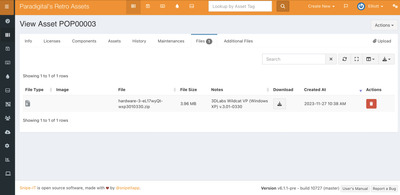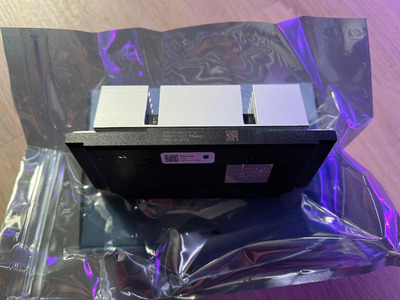From working on computer education center computers back in 1993 I can say I have seen allot of inventory tools.
From Excel spreadsheets, MS Access menu database, HTML web pages with Oracle database, etc.
And then there were programs like HP Openview, HP Toptools, UNIX Sysinfo, Hardware info,
You could take Screenshot of your Devices config window and paste onto MS word or OneNote.
I have seen allot of businesses use their own home made webpages and database. Or use programs like Remedy with database
Where you can query for a specific data.
I would say the easiest is just to make an Excel spreadsheet but if you want to be period correct build an MS-Access database or Oracle database with Remedy. Or an HTML webpage with Oracle database. Or use a spreed sheet from MS-Office, Quattro pro or Lotus suite.
A speadsheet online that you can access from anywhere like Microsoft Onedrive, Google drive, iCloud Drive, etc.



